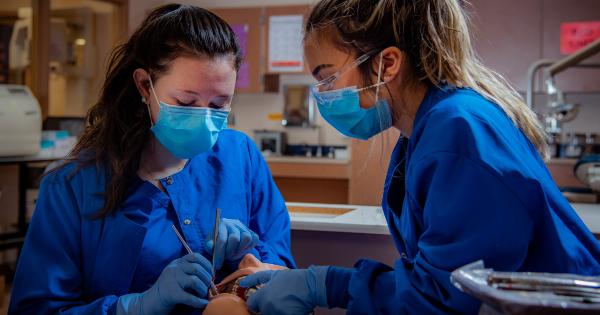Whenever you undergo a surgery, it is normal to have some questions about what you can do and what you cannot. One of the most common questions asked by surgery patients is about the speed at which they can travel after their procedure.
This is because travel has its implications on your recovery process, and each surgery comes with its own set of recommendations for post-surgery travel. In this article, we will discuss some of the factors to consider when traveling after a surgery, and what the recommended speed for post-surgery travel is.
Factors to consider when traveling after surgery
Traveling after surgery can be complicated, and the speed with which you travel must be considered carefully. Below are some of the factors to keep in mind.
Type of surgery
The type of surgery you undergo is one of the most important factors to consider when traveling after it. Some surgeries are more complicated than others, and thus require more downtime for recovery.
For instance, getting a facelift may require less downtime compared to a hip replacement surgery. Thus, the speed of travel will be different in both cases.
Mode of transportation
The mode of transportation is another important factor to consider when selecting the recommended post-surgery travel speed. Different modes of transportation have their own shortcomings and advantages.
For instance, air travel may be considered not recommended in some cases, while road travel may be a better option for others.
Distance traveled
Another important factor is the distance you are traveling.
If you are traveling long distances, a faster speed may not be recommended as this may cause undue stress on the body, and an extended period of sitting with little movement can pose a risk to certain surgical procedures. On the other hand, short trips close to home may be safer and recommended by your medical practitioner.
Age and overall health of the patient
The health and age of the patient are also factors to consider when traveling after surgery. Younger, healthier patients may be able to travel faster than older individuals or those who have compromised immune systems that require careful attention.
Age and health will affect the resilience of the body and the ability of the patient to withstand the long hours of travel.
Post-surgery recommendation from your doctor
Lastly, the recommendations of your doctor need to be considered when determining when to travel after surgery. Before leaving for any trip, it is important to receive clearance from your medical practitioner.
You may also require a medical certificate stating that you are fit to travel for insurance purposes.
Recommended speed for post-surgery travel
The speed at which you need to travel after surgery will depend on the factors listed above. Below are some recommendations on the general speed at which you can travel after the different types of surgeries.
Facelift surgery
Facelift surgery patients may be able to travel faster than other surgery patients. Flying may be an option for long distance travel provided someone accompanies the patient.
This is because facelift surgery does not involve any significant physical activity, and thus patients can travel faster. Nevertheless, facelift surgery patients must always check with a doctor before traveling regardless of the distance.
Abdominal surgery
After an abdominal surgery, it is not recommended for patients to undertake any strenuous activity or lift anything heavy.
Patients must avoid travel that involves long hours of sitting and require additional care such as guided post-operative support on long flights. Any travel must be cleared by your physician and rest and sleep should be a high priority during the recuperation period.
Orthopedic surgery
For orthopedic surgeries that involve joint replacement, it is highly recommended that patients wait for more than six weeks before traveling.
The first few days after the surgery must be spent in the hospital with regular sessions with a physical therapist before being discharged. Patients may need to engage in light activities, and flying is generally prohibited within the first four weeks after the surgery.
Cardiovascular surgery
For cardio or open-heart surgeries, the first six to eight weeks are considered the most crucial for recovery.
Following the surgery, patients are required to stay in the ICU for a few days with low physical activity levels for the first week post-surgery. After a week, a doctor may recommend a slower pace of travel, with frequent intervals of walking during a long car or flight journey.
Conclusion
Post-surgery travel can be daunting, but it is essential to remember that each surgery is different. The speed at which you travel will depend on your medical practitioner’s advice, your personal circumstances, and your body’s resilience.
Taking it slow is always a good rule of thumb, as traveling too fast may provoke complications that can further compromise your health. If in doubt, always consult your physician.





























